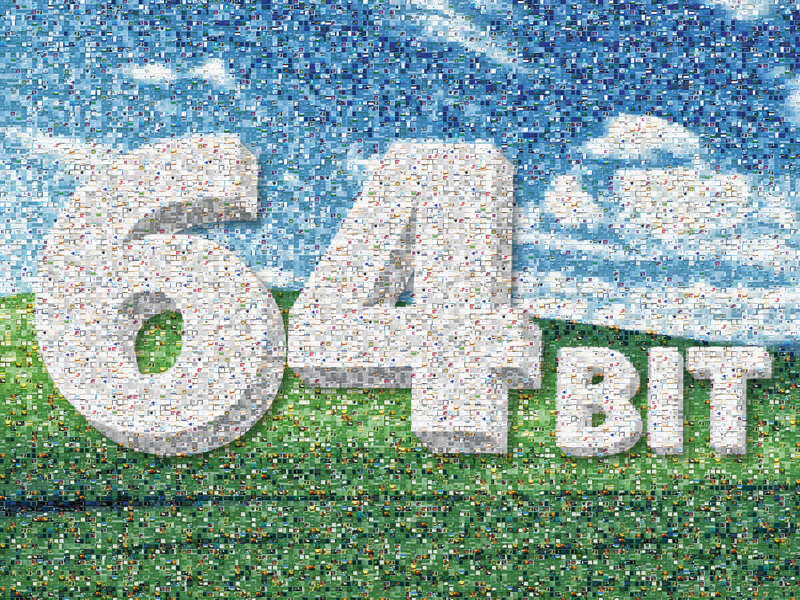
There's only one thing worse than a technological breakthrough that never gets going: one that makes a promising start, but fails to fulfil its potential. We can live with promised advancements of technologies like speech recognition – a theoretical godsend which would make the lives of RSI suffers easier if only it worked.
With 64-bit computing, however, the frustration is more pronounced. We should have faster and frankly better computers by now, but for all its much vaunted advantages, 64-bit still isn't mainstream. The situation is made all the more annoying because the pieces of the puzzle began falling into place over seven years ago, when Windows XP 64-bit was released.
The hardware's there too: both Intel and AMD have long offered 64-bit processors. Yet driver incompatibilities and a lack of updated software have stalled progress in 64-bit computing. Thankfully, that's all about to change. Microsoft Windows Server 2008 will be the last version of the OS to be released in both 32-and 64-bit flavours.
Major companies such as Autodesk and Adobe have also put their shoulders behind 64-bit, releasing updated versions of their flagship apps. Finally, laptop makers such as Dell and Lenovo now ship a 64-bit OS almost as often as a 32-bit OS. So after a number of false dawns, is the fire of the 64-bit revolution now being lit?
In theory and practice
Why is 64-bit computing important? The answer is simple: a 32-bit operating system can only access up to 4GB of RAM, whereas a 64-bit OS can access more RAM than anyone could conceivably fit into their PC case: 17.2 million terabytes (TB). In practical terms, a 64-bit Dell workstation such as the Precision T3400 can be configured with 16GB or more of RAM. The difference is profound.
Here's a good visual picture of why the higher memory addressing is important: if the memory size for a 32-bit PC is as big as a standard water pipe to a suburban home, the pipe for a 64-bit computer is as big as the Atlantic Ocean. That's a lot of room for programmers to be innovative in how they handle data, and they wouldn't have to worry about performance or bottleneck issues.
Get daily insight, inspiration and deals in your inbox
Sign up for breaking news, reviews, opinion, top tech deals, and more.
There's another angle to this, however. A 32-bit application can only use 3GB of data for a single process. This means that for many fields – such as the oil and gas industry, or high-end media creation and music production – there is a severe limitation.
Companies such as Pixar and LucasArts have used 64-bit Linux computers for the past decade because they need to work with products like Autodesk's Maya, an app for creating 3D models. On a 32-bit PC running Windows, the 3GB limitation per process would mean breaking the models into separate pieces and continually swapping memory to hard disk.